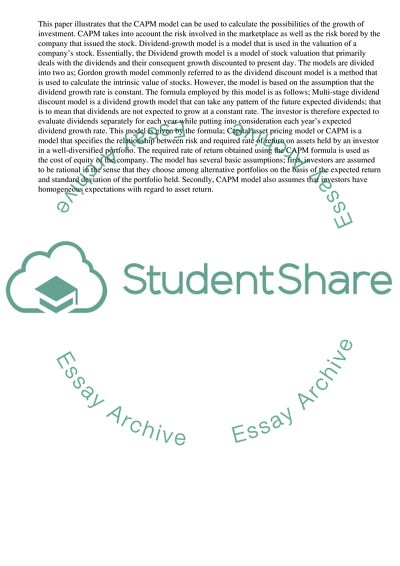Cite this document
(“The Dividend Growth Model and Capital Asset Pricing Model Assignment”, n.d.)
Retrieved from https://studentshare.org/business/1702479-the-dividend-growth-model-and-capital-asset-pricing-model
Retrieved from https://studentshare.org/business/1702479-the-dividend-growth-model-and-capital-asset-pricing-model
(The Dividend Growth Model and Capital Asset Pricing Model Assignment)
https://studentshare.org/business/1702479-the-dividend-growth-model-and-capital-asset-pricing-model.
https://studentshare.org/business/1702479-the-dividend-growth-model-and-capital-asset-pricing-model.
“The Dividend Growth Model and Capital Asset Pricing Model Assignment”, n.d. https://studentshare.org/business/1702479-the-dividend-growth-model-and-capital-asset-pricing-model.


